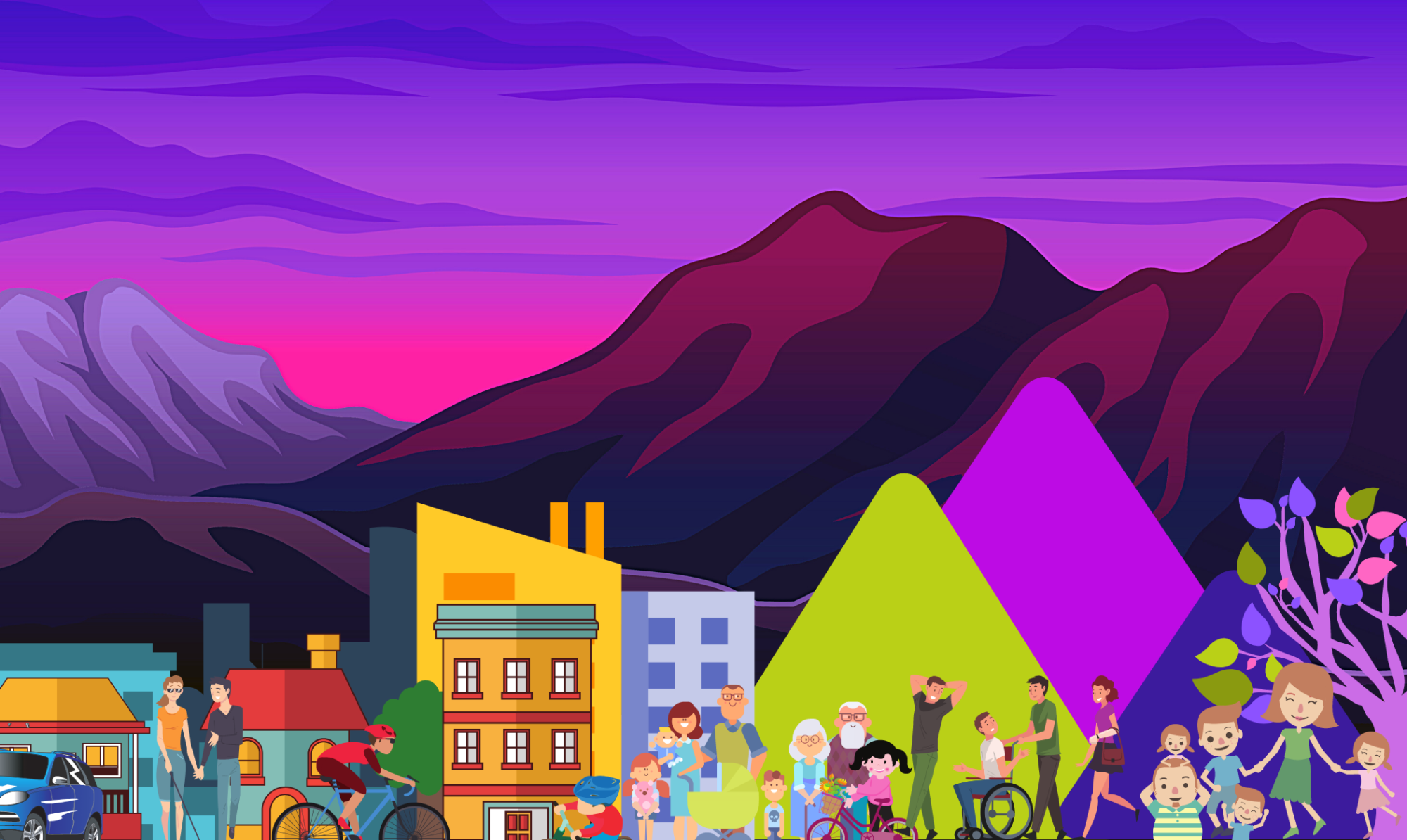Renzo Andrich interviews Stefano Maurizio (Venice) >> VIDEO
Renzo. Stefano Maurizio lives in Venice, a city that needs no introduction, an Italian jewel known all over the world. You are an architect. Let us start with telling us something about yourself.
Stefano. Yes, I am Stefano, I’m an architect, I’m sixty years old (alas!). I use a wheelchair for my mobility, maybe the biggest problem is a slight overweight, that makes it harder for me to visit construction sites and sailing, which is one of my passions, my greatest passion. I had an accident when I was 25, so quite young. Then I continued (I had already started studying architecture) I continued to study architecture with the vision, with the perspective to try to improve the quality of the urban environment, of everything that is designed.
Renzo. Well, Stefano: in your experience as an architect how do you design in an accessible way?
Stefano. It is perhaps a matter of “head”: architectural barriers are inside our brains. On the paper sheet or on the computer where you design there are no architectural barriers. The initial approach is important, that is, to have a head that thinks in an accessible way. This should be a message for young architects and designers. The importance of accessibility: it becomes more and more important as you get older. It’s something that really affects everyone: in my profession I see a lot of people of a certain age who, for example, run away from their terraced houses or from the houses where they had been living for many years, because at a certain age it’s a little harder recognizing colors or climbing a flight of stairs, rather than having an elevator or a ramp that makes it easier to make movements also for those who move on wheels. By the way, wheeled mobility is becoming something important in urban spaces: how important it is today to consider skates, electric scooters, many people who move around in public spaces with vehicles with larger or smaller wheels, slower or faster.
Renzo. I’m going to speak for a moment because it seems to me that you’re saying something really fundamental: myself as engineer, you as architect, another as designer, we have a great responsibility, because we can create inclusion or exclusion depending on how we design a space, a product, a tool. I can think of that motto that we often mention in technical meetings: “Good design enables, bad design disables” that is: “good design makes you able, poor design makes you disabled.” In fact, as we often say, and as also emphasized by the World Health Organization, disability is not an “attribute” of the person, but a “situation” where I can find myself when my limits conflict with some barrier. The United Nations Convention on the Rights of Persons with Disabilities does not say “the Disabled” but says “Person with Disabilities: hence a person, with all his or her dimensions, experiences a disability when he or she encounters barriers. Stefano, what message would you like to offer regarding this responsibility that we technicians have? Especially, what message to the new generations and to those who study Architecture or Engineering or Design?
Stefano. Taking up these fundamental concepts of the International Convention on the Rights of Persons with Disabilities and of the WHO model of human functioning, that adds further insight on the fact that disability can be increased or decreased depending on the conditions of the surrounding environment. As was said before: in thinking and designing anything, whether a spoon or a town (paraphrasing an architecture exhibition held few years ago) it’s important to take into account the needs of all people, knowing that you can improve their life or make it harder in every action that one may need to do. In particular, we designers, who, depending on how we imagine the environment, can make it easier or harder our lives and the lives of our fellow citizens.
